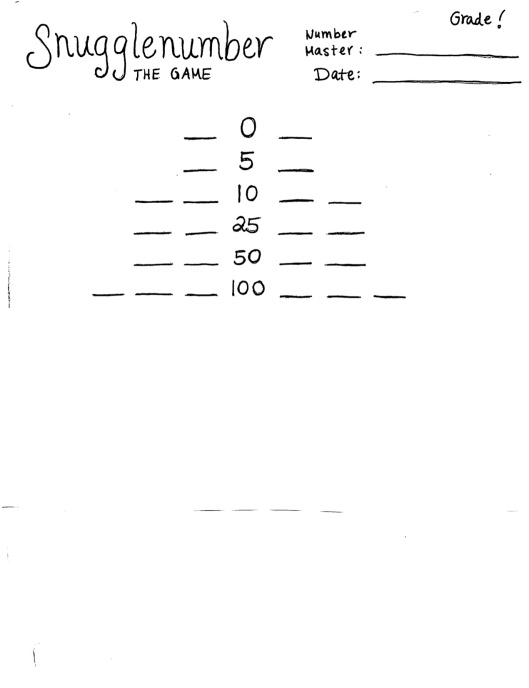After Hazel's surgery, Matt got the flu. And then he kindly shared it with each of us in turn. I thought I had the worst of it Saturday, Sunday and Monday. I was wrong. Tuesday was so bad I had to ask Matt to stay home from work. Yesterday I was just barely well enough to be the grown-up in charge. And it was a wonderful day. Not in every way. But in some ways of good, long-term importance.
Sarah Mackenzie, author of Teaching from Rest also has a
blog and a
podcast. (See ... that's why I didn't want to read her book. What kind of normal mother of six children can do those things? Plus in her blog pictures, she looks perky. And showered. Clearly she is in super-woman territory and I don't fit in that category. But I digress ...). The same friend who finally convinced me to read Teaching from Rest has also been "pestering" (and I use that term in the nicest possible way) me to check out Sarah's podcast. There is a members-only side of the site that includes author events, extra resources and what she calls "Master Classes".
So, because I was stuck in bed and needed encouragement even more than I needed physical healing (which is saying a lot) I decided to take the plunge. After all, I am forever grateful that I finally gave in and read Teaching from Rest. So the chances were good this friend knows me well enough to know what will bless my soul. I took a Master Class she recommended (and was also taking) called "Focus and Align" and it was UH-mazing.
Sarah led us through several steps in considering our particular family, our gifts, what works for us and what is important to us. For example, in one of the exercises, Sarah asked us to imagine that our children were sitting down to a meal with friends some 20 years from now and someone asks "So, you were homeschooled. What was that like?" What words do I hope will come to mind? What are the things that I most want my children to remember as their experience of childhood and homeschool?
These activities helped to take me beyond the ground-level focus on "math" and "handwriting" and more towards the goals, practices and atmosphere of my home. We then used this thinking and exploration to create our family "Rule of Six" - six things that are foundational to our family and which we hope to do every day. Here is how ours turned out. (And below it are two other prettier versions from my Sarah Mackenzie-pushing friend that she fancied up for me!)



I completed this activity Tuesday evening. By Wednesday, when I was on my own again with all the kiddos, somehow, "homeschool" seemed more manageable. If these were the six most important things to do every day, in big, broad brush strokes, then I could adapt them to something I could do from the bed as well. In fact, we opened our homeschool day by talking about our new "Rule of Six". The kids were excited. Tonight at dinner we talked about what we did yesterday and today that involved each item on the list. It may seem like a small thing, but it reminded this Mama that good, important and grace-infused things are happening right here, every day. Even on flu days.
P.S. Our assignment was to make up our own Rule of Six and share it on social media, tagged #RARruleof6. If you want to see what other folks have come up with, check out that hashtag. What is so beautiful is that they are all different! There is not one "expert version". We are each the experts on our own homes and our own children!











